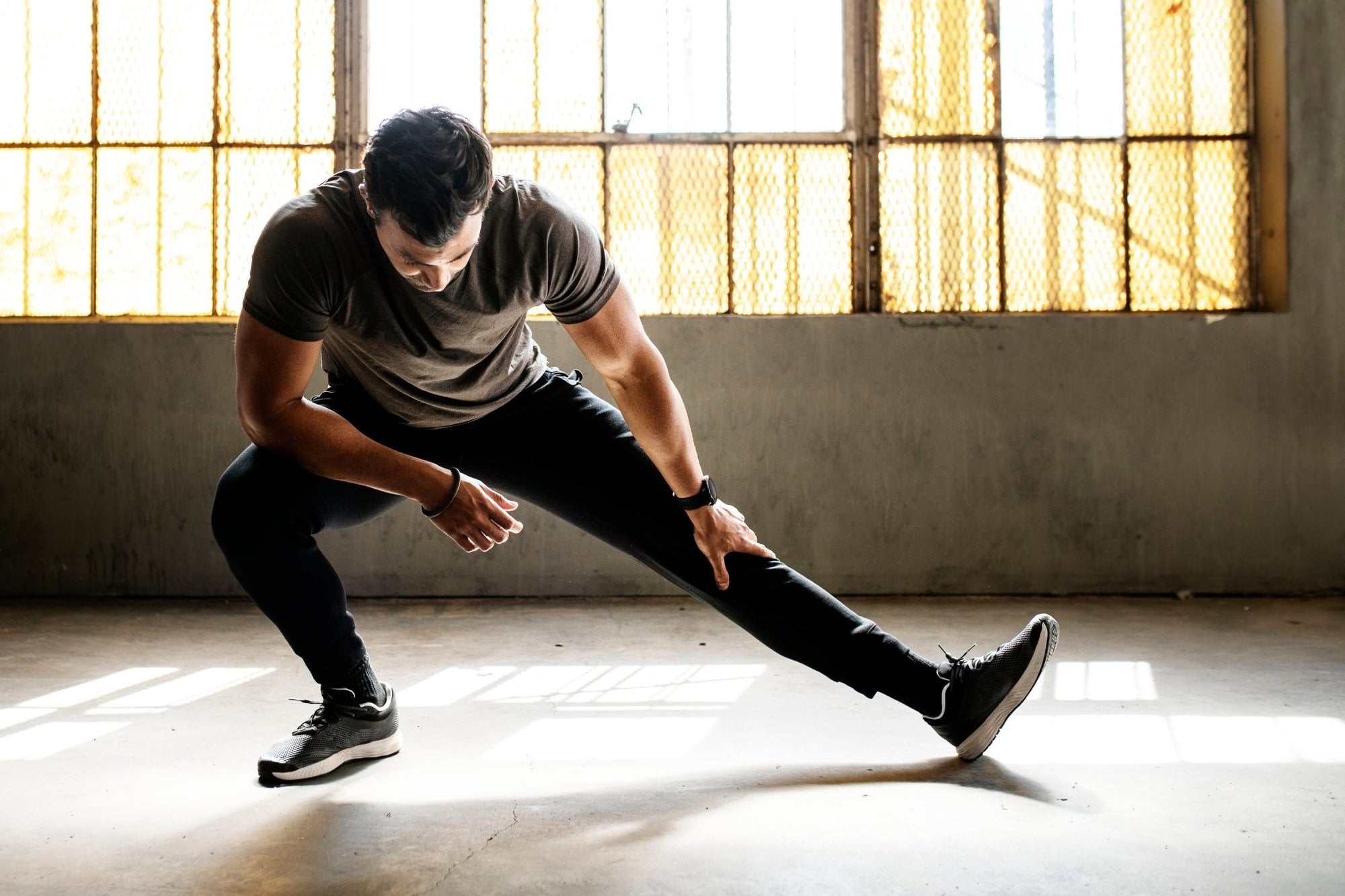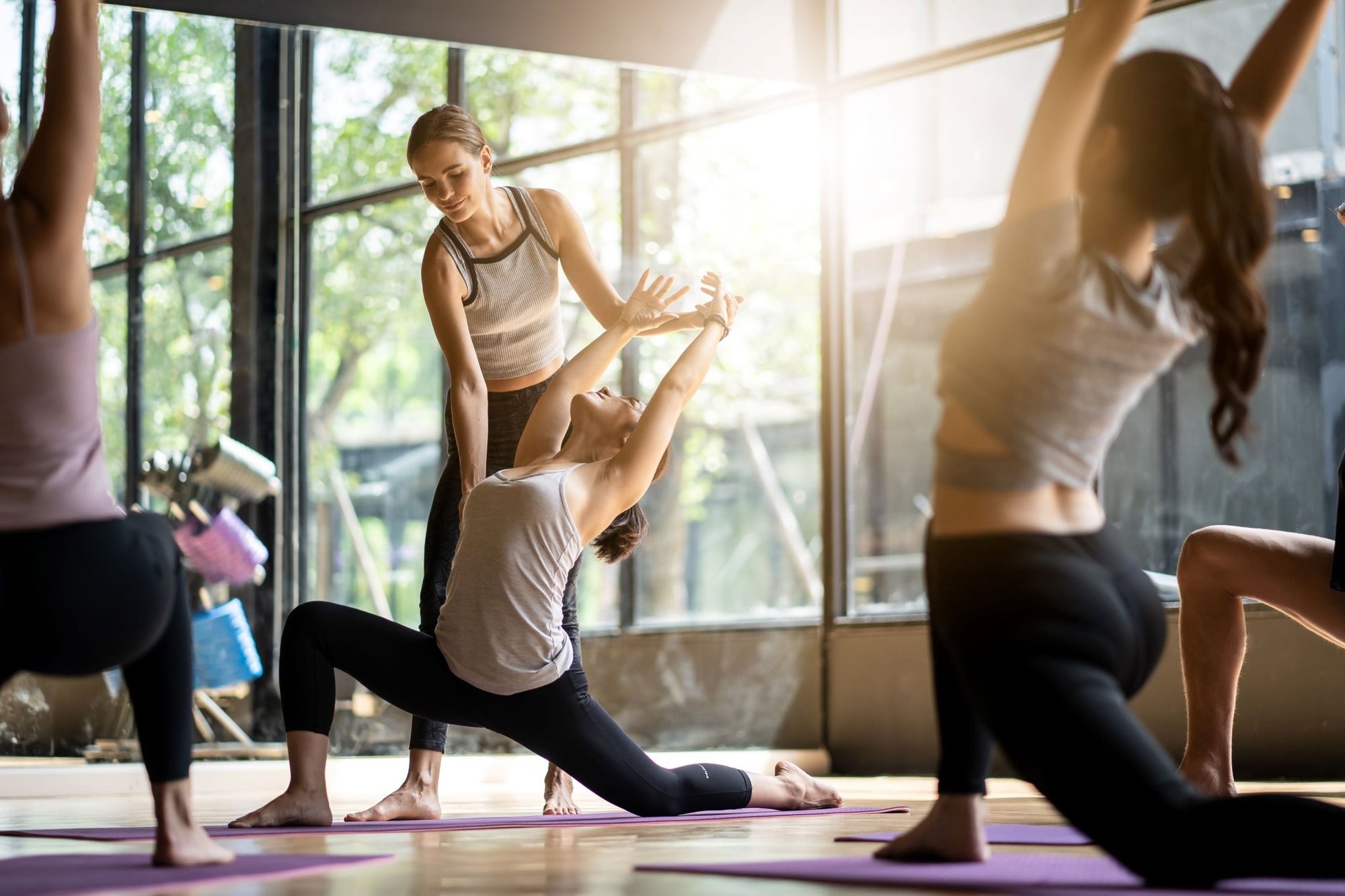Motion is the lotion for the body. Whether it’s your gait, a specific joint or even the cardiovascular system, movement helps sustain functionality of the body. The ability to physically move freely is one which we often take for granted. Sometimes, it’s hard to know what you’re missing until it’s gone.

Basic movement in our daily lives seems very simple. However, with the busyness and distractions that life brings, overlooking areas of importance, no matter how trivial they may seem, is an all-too-often occurrence.
A lack of consistent movement will have compounding negative effects over time. Most humans lose mobility as they age. This typically makes simple tasks more trying and can even become a significant burden.
Maintaining quality of movement is important for maintaining quality of life.
Motion is the Lotion
Why do we say “Motion is the Lotion?”
It falls along the same vein as “use it or lose it.” While neither of these principles is absolute, they are representative of an important perspective to maintain.
In order to maintain capability or quality of movement, you have to continue to move.
Golf is an easy example to use. Imagine you regularly swing a golf club with relative ease and have consistent results. If you step away from the game and don’t swing a golf club for many years, your results will not be the same. It will almost certainly take months or years of work to get back to where you once were - IF you are able to get back to that place at all.
The same idea applies to movement. If you stop moving in certain patterns, it will be difficult to maintain the quality of these movements over time. So, when we say, “motion is the lotion,” we mean that regular movement is essential to maintain a certain quality of overall movement or specific movement within a joint.
The Importance of Consistent MovementConsistent movement is important for a variety of reasons. Individuals who move regularly are less likely to incur injury when performing simple tasks. They are more likely to fully recover from injuries. Recovery tends to be faster than that of inactive individuals.
Continuing to move on a regular basis will help maintain physical independence. The ability to continue to meet life’s most basic physical demands affords people a better quality of life and the capability to better handle any challenges that may arise. Physical independence is also an important factor in mental health.

Simply put, moving regularly makes you healthier.
What Qualifies as Consistent Movement?There is no perfect method or exact scientific formula that says if you work on mobility X minutes per day, you can expect to be doing Y until you’re age Z.
In other words, it varies by individual. Every person has a unique set of challenges and personal goals. However, we can confidently say that those who lead a more sedentary lifestyle are much more likely to have mobility issues later in life. That is indisputable.
Mobility issues can present via obesity, cardiovascular issues or general joint stiffness. In addition to regular exercise, mobility work is equally important.
As people age, mobility naturally decreases. When movement becomes more difficult, we tend to exercise less. This result often leads to weight gain and/or cardiovascular issues. Once these problems take hold, movement becomes even more difficult.
As this vicious cycle continues, quality of life deteriorates as the ability to move becomes ever more challenging.

The best movement is consistent movement!
Whether that is as little as 10 extra minutes each day or 20 minutes 4-5 days a week, moving regularly is critical to maintaining quality of life and the ability to move freely.
Relationship of the Ability to Move Freely and Overall Quality of Life
Individuals who move more often lead a better quality of life. They are able to continue activities they enjoy, maintain independence and have longer life expectancies.
Losing the ability to move freely can be life altering. Household repairs, walking the dog or even grocery shopping may become extremely challenging tasks. Unfortunately, this occurs far too often when lifestyle changes result in long periods of inactivity or sedentary behavior.
As we age, the last thing we want to cause anxiety and stress is the inability to do something as simple as taking out the trash or changing a light bulb.
With consistent movement, you can continue to do these simple things. You can maintain independence. Additional mobility work will help you maintain strength, balance, coordination and flexibility, which will further solidify your quality of life.
Of course, there are instances where an individual may have a medical condition or previous injury that limits movements. However, injuries and physical limitations do not mean that we should accept defeat. It’s important to work within those limitations to ensure that movevent and quality of life are not further impacted or reduced.
Specific Examples of Movement Challenges
ShouldersLet’s say you have an old sports injury that causes your shoulder to be in a constant state of discomfort with limited mobility.

Many of us will initially protect the affected shoulder by minimizing the positions that can cause pain. Or, we may use this particular shoulder less in general.
As the years go by and the affected shoulder performs fewer and fewer basic functions, it becomes weaker. It is likely that range of motion in the joint will also lessen. In this weakened state, the shoulder is more susceptible to further injury. In this case, the aforementioned vicious cycle applies specifically to this situation.
HipsFor individuals with hip problems, this can be a significant hindrance for many basic movements. Climbing stairs can take more effort than it used to - not to mention, it can be a source of discomfort, pain and frustration. Walking may be slow and unpleasant. Even sitting in certain positions can be uncomfortable.
The solution is often to take the easy way out to avoid discomfort in the moment. One example is avoiding steps and stairs. In practice, avoiding these challenges can potentially weaken the afflicted area further or hinder any progress.
Hip pain may also cause people to forego basic exercise and movement, such as driving short distances that are easily walkable or avoiding tasks altogether that require certain movement.
Again, this is a case of getting stuck in a vicious cycle. If there is no risk of damaging the joint (after first consulting with a physician, of course), limiting your movement will, in time, only make these simple physical tasks seem like climbing a mountain.
By continuing to move, you can, at the very least, maintain range of motion and physical independence. How? Because motion is the lotion that helps keep your joints functioning in a healthy manner. Additional, regular mobility work can even improve your hip function, strengthen the affected joint and increase your range of motion.
With improvement in your mobility, you may even see a reduction in pain and discomfort. When this happens, you can regain your physical independence and continue on a path of moving better.
Lower Back PainLower back pain is one of the most common physical ailments plaguing adults in the USA and around the world. Many of us have been put out of commission for days or weeks due to back injuries.
Ideally, and especially for those who are susceptible to, or have a history of, back problems, you want to do the proper exercises, stretching and mobility work to prevent this from happening in the first place.
Of course, those of us who have ‘thrown out’ or ‘tweaked’ our backs know that sometimes this just happens. It’s sudden.

The common course of action many people take is to rest. We find a supine or sitting position that we can tolerate and move as little as possible. In some instances, we’re almost totally inactive for days at a time.
Is this really helping when you throw out your back?
To a degree, yes, rest is crucial to healing a back injury like this. However, what is best is to move while you’re back is healing. This does not mean going to the gym, getting your blood flowing and fighting through the pain. Rather, walking or other simple, low impact movement can help you heal faster. A majority of back problems stem from mechanical issues and respond best to movement.
Movement can help. Naturally, consult with a physical therapist or your doctor when you’re injured to be certain.
When it comes to lower back pain, there are tons of drills and exercises that can help you reduce the risk of injury and speed up recovery. Motion is the lotion that the back needs to stay healthy and capable, and it is a valuable philosophy to keep in mind when an injury occurs.
How Stick Mobility Can Help Improve Quality of Movement
Stick Mobility has many benefits. One of the most important benefits of Stick Mobility training is that it can easily help you maintain a lifestyle of movement. Incorporating the Training Sticks into your daily routine can help you maintain the independence of your movement.
The Training Sticks help to support you when you are stretching. Using the leverage of the Training Stick, you can deepen a stretch, work into positions that otherwise might be too difficult to attain and, ultimately, improve your range of motion and overall mobility.
While there are certainly Stick Mobility exercises that can provide instant relief, that’s not the focus here. Lifelong mobility is what matters the most. Paying attention to your quality of movement on a regular basis, even just a few minutes each day, can lead to tremendous benefits and improvements in your movement.

MOTION is the lotion that enables our bodies to continue to move. Consistent MOTION is the lotion that helps your joints function in a healthier manner. It may sound odd that you have to move consistently to be able to move, but that’s the reality. As we age, mobility shortcomings become glaring obstacles to moving freely.
It’s never too late to focus on your mobility. Whether you are well into retirement or fresh out of high school, you can start today. Prioritizing your movement today is prioritizing your physical independence for the rest of your life.



